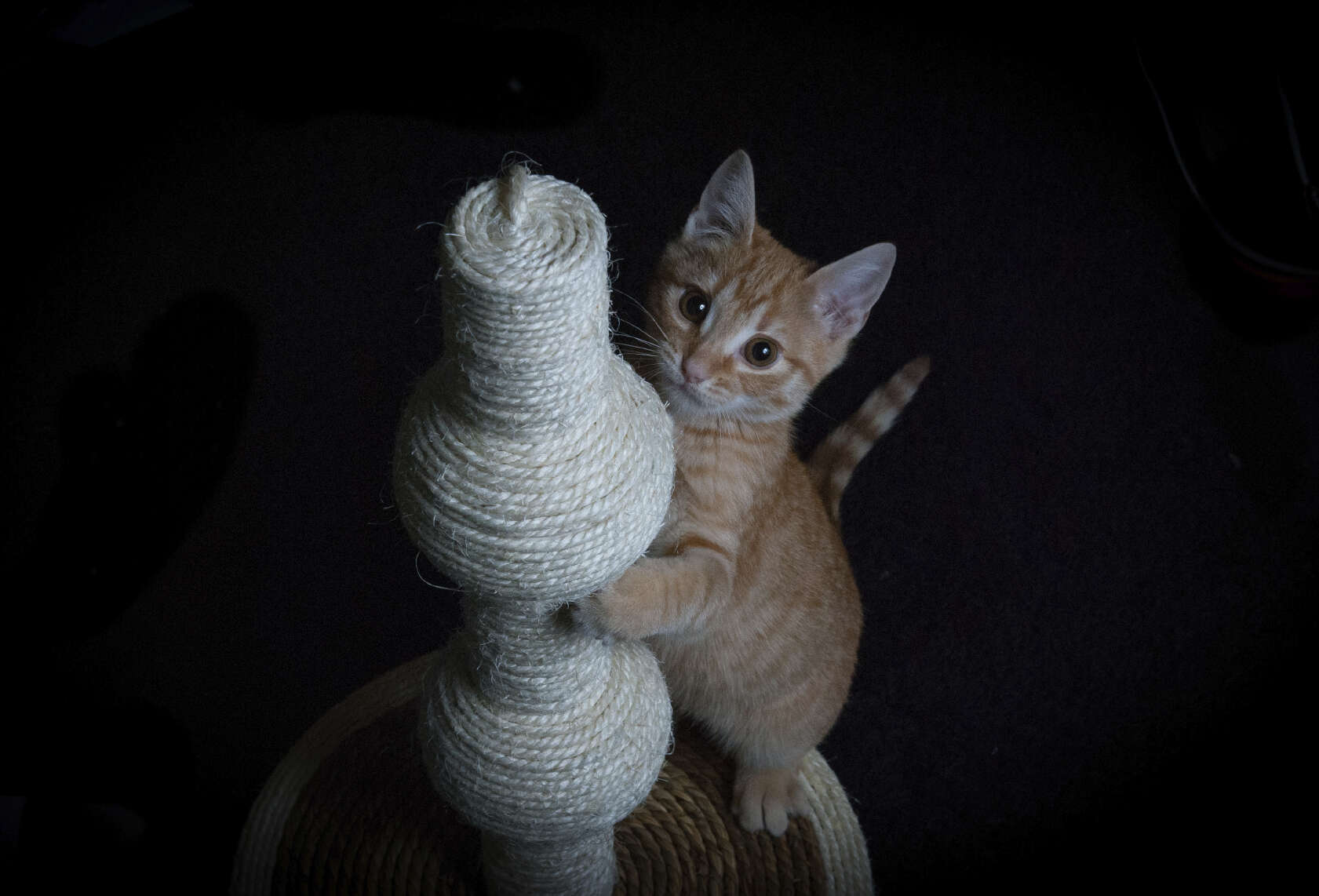Kitty’s Got Claws: What to Know About Declawing Your Cat
 People declaw cats for many reasons, but as a society we are just recently starting to take a step back and think about what we are actually doing to our feline family members.
People declaw cats for many reasons, but as a society we are just recently starting to take a step back and think about what we are actually doing to our feline family members.
While declawing is still an answer in some situations, we have begun to think a lot more about alternative solutions and how we can live in harmony with our cats. Learn what you need to know about declawing your cat and ways that it might be avoided.
Why Cats Claw
Like it or not, scratching and clawing is part of normal cat behavior. While it doesn’t always jive well with our expectations of a well-behaved housemate, cats do scratch for a few very good reasons.
Members of the feline species scratch to:
- Keep their claws healthy by helping to remove old nail sheaths
- Mark their scent with the glands on the paws
- Visually mark objects (you can’t miss that shredded couch!)
- Stretch and strengthen the forelimbs
- Experience a sense of enjoyment
Scratching is a multifunctional behavior. Some cats are more aggressive about it than others, but this is an important component of kitty life.
The Effects of Declawing Your Cat
Declawing a cat is a very serious surgery. We do not just remove the claw itself, rather we must amputate the very last portion of each toe. As with any surgery, there are some risks in the procedure itself, including anesthetic complications, infection, and pain.
Once declawed, cats are less able to defend themselves if they need to do so. Cats use their claws as their primary defense. Cats who have been fully declawed must resort to biting, and those with back claws must lie in a vulnerable position to kick. While all declawed cats should be kept indoors, accidents happen and you don’t want to leave your beloved cat defenseless, should he or she accidentally escape.
There have also been several studies that show that cats who have been declawed are more likely to have other behavioral problems, including biting and litter box avoidance.
Avoiding the Need to Declaw
It is pretty clear that declawing your cat is not a decision to be taken lightly. By the same token, we can’t have our cats running amuck and destroying our property. So how do we strike a healthy balance? There are certainly some tricks to help.
Encourage scratching on your terms – Your cat is going to scratch, no matter how much you discourage it, so it important to provide suitable places for this to happen. Strategically place scratching areas around the home near common resting spots and any areas where your cat may already like to claw. Try different surfaces such as scratching posts, cardboard, wood, or carpet remnants firmly affixed in place. Most cats prefer a vertical surface that is tall enough to allow them to stretch fully.
Cats can be trained too – Putting in a little effort is important. Reward your cat for scratching on appropriate surfaces with verbal praise, pets, catnip, treats, whatever gets your pet going. Also do your best to avoid rough play with your hands to avoid encouraging scratching people and avoid getting injured.
A little care goes a long way – Having a cat with claws is a little work, but nothing that isn’t worthwhile. Be sure to trim your cat’s nails once every week or two (we can help if you are having trouble). Placing artificial nail caps can be a great solution for some households.
Sometimes declawing is necessary, however it is our mission at Beverly Hills Veterinary Associates to educate our cat-loving clients and only use it as a last resort.
When we must declaw cats, it is important to us to provide the best possible surgical experience to the pet and exercise excellent pain management. If you need help encouraging appropriate scratching behaviors in your cat or would like to discuss declawing further, please let us know. You and your cat are our priority.
